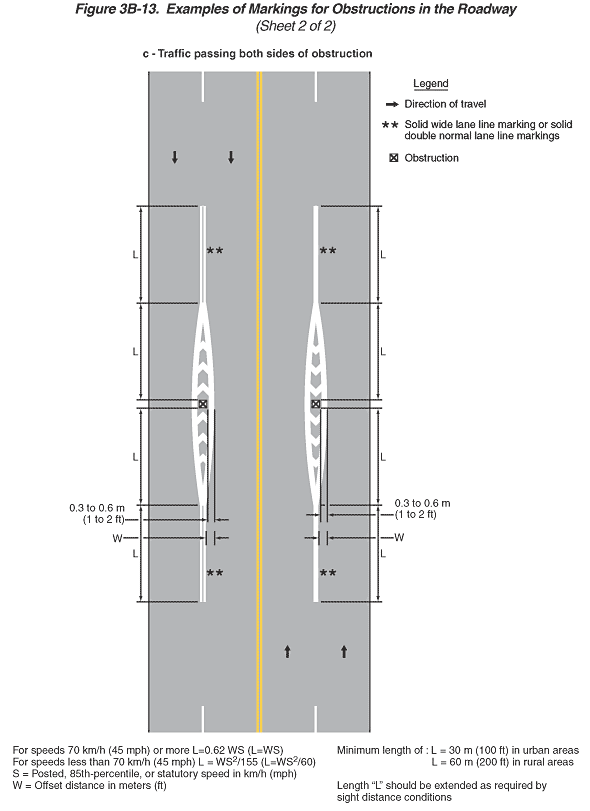
Figure 3B-13. Examples of Markings for Obstructions in the Roadway (Sheet 2 of 2)
This figure illustrates three examples of markings for obstructions in the roadway.
- Sheet 2 of the figure shows one vertical highway, example (c). Notes state "For speeds 70 km/h (45 mph) or more L = 0.62 WS (L = WS). For speeds less than 70 km/h (45 mph) L = WS2/155 (L = WS2/60). S = posted, 85th percentile, or statutory speed in km/h (mph). W = offset distance in meters (ft). Minimum length of L = 30 m (100 ft) in urban areas and 60 m (200 ft) in rural areas. Length 'L' should be extended as required by sight distance conditions."
A legend shows a black arrow indicating the direction of travel in the lanes, a double asterisk denoting "200 mm (8 in) solid lane line markings or double 100 mm (4 in) solid lane line markings," and a black "x" inscribed in a square denoting an obstruction.
- The third example is labeled "c – Traffic passing both sides of obstruction." It shows two northbound lanes with an obstruction in an island formed by south-pointing white chevrons in the center of the two lanes to the right of two southbound lanes with an obstruction in an island formed by north-pointing white chevrons in the center of the two lanes. Arrows show that the direction of travel is two lanes in each direction. A solid double yellow line separates the opposing lanes. In the northbound lanes, starting from the bottom of the figure, a broken white line separates the through lanes from each other and then changes to a solid white line as it approaches the obstruction, then it separates into two tapering solid white lines, one on each side of the obstruction. Beyond the obstruction, the two solid double white lines taper back to merge into one solid double white line at the center of the roadway. The one solid double white line then continues along the center of the road and changes to a broken single white line as it approaches the top of the illustration. Several dimensions are shown on the figure. "W" is shown as the offset from the normal center of the roadway to the outside edge of the solid white line immediately opposite the obstruction. That outside edge of the solid white line is shown as 0.3 to 0.6 m (1 to 2 ft). "L" is shown as the longitudinal distance along the roadway for the taper of the solid double white line(s) from the normal center of the roadway to the greatest width of the channelizing island at the obstruction. The dimension of the solid white line on either side of the channelizing island also is shown as "L." Double asterisks are shown next to the single and double white lines on either side of the island, denoting: "solid wide lane line markings or solid double normal lane line markings." A series of white chevron lines, running from north to south at 45-degree angles, are shown filling the parallelogram-shaped island between the two solid double white lines in the northbound lanes. In the southbound lanes, the same island configuration, lane markings, and double asterisks are shown as in the northbound lanes, except the solid white line on either side of the channelizing island is shown as a solid double white line. The dimensions shown are the same as for the northbound lanes. A series of white chevron lines, running from south to north at 45-degree angles, are shown filling the island in the southbound lanes.
Back to: Sheet 1
